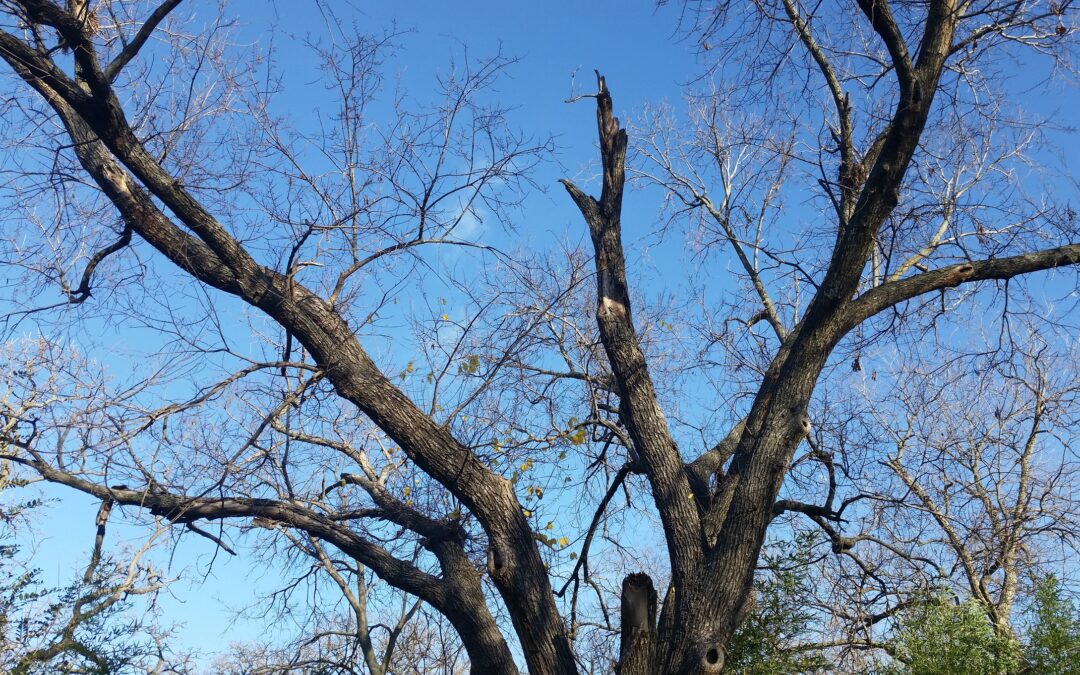In the Southern US, we can still grow in winter. But plants need extra care when the temperature dips below the freezing point of water. Here are a few essential steps you can take to ensure your plants make it through what could be one of many freezes over the season. Follow these basics, and your garden will pop in spring.

Do this because watering your plants before the freeze allows an insulation process to occur at the root-level. If rain precedes the freeze, you are good to go. No need to waterlog the plants. But if the soil is dry, they will appreciate the boost.
Bring in potted plants
Potted plants cannot manage the outside temp due to their contained nature. They do not have the benefit of an established plant in a garden bed or in the ground in that they have very little root protection. They are much better off in a more climate-controlled space. A garage for the freezing nights, or in the house are good places to put potted plants. It might be a nice way to overwinter yourself, if you have space in your house to keep the plants for the winter. A climate-controlled greenhouse is also a great place to keep potted plants.
Cover your outdoor plants
Plastics are not encouraged for this. The plants’ ability to breathe will be affected negatively by non-porous plastic coverings. Furthermore, when the temperature rises, plants under plastics are under high risk of shock. The general rule of thumb for a plastic cover is that if sealed, it will keep the interior up to 50 degrees warmer than the outside in direct sunlight. It is therefore important to open plastic covered greenhouses where you are storing plants as the freezing weather warms up in the day (if it does). Going from 50 degrees to 90 degrees in a matter of hours is hard on your body, and you have a much more active internal heating system than a potted plant or even a plant in a raised bed.
Instead, use cotton or natural fiber sheets to protect foliage in a freeze. Especially for large plants that cannot be moved inside. You can use leftover bedsheets, or you can find some very cheap sheets online and in home goods stores.
If you are overwintering in a hoop house, good for you! That is a topic and a project I would love to tackle some time in the future in a larger space. But this seems to be the best option for year-round growing in the lower USDA hardiness zones that still get freezing weather. Many people have used hoop covers for their raised beds. This is something worth considering for future winters if you haven’t already set it up.
Consider pruning and overwintering with mulch
Many plants will survive the winters in the lower regions of the US even if they die back. For some of them, like cold hardy hibiscus, you can prune them to one third the height, and remove dead leaves as they brown throughout the season. Cover with a substantial amount of mulch. About 3-5 inches. The mulch protects the roots under the soil since there isn’t as much foliage to photosynthesize and mitigate shock from the elements. It also helps regulate the amount of moisture moving from the surface of your garden bed to the roots, preventing rot.
Methods and timing of pruning vary per plant. The general rule of thumb is pruning in spring will limit growth and pruning in late fall will promote growth. But some plants in North Texas, like native lantana, do not need pruning until right before growing season begins in spring. Side note: lantana looks lovely in fall and winter. Absent of the summertime orange and yellow blooms, the leaves turn a gorgeous purple in the winter sun. Why not give your garden that autumnal color? So, on the topic of pruning, figure out which plants need specific care and follow suit!

That’s not hard to remember, right? The reason for this has to do with your garden’s local ecology. If the leaves are removed before the winter ends, not only do you remove a natural, no-work-needed mulch that can protect your plants through winter, you also remove a place for birds to forage for insects and seeds. You remove a place for pollinators to overwinter, and you remove a free (FREE!) method of protecting your plants throughout winter.
Think of it this way: the forest oozes with health year to year and no one comes to rake the forest floor and take away the leaves. And a garden that thrives on laziness is a good garden, eh? Instead of Jesus, let nature take the wheel – or maybe if you envision Jesus as a kind of elven nature spirit let him take the wheel. You do you, but, please, don’t remove the leaves.
In conclusion, there is some work you can do ahead of a freeze that will keep your garden in good shape through the lower US winter. By watering, covering, mulching, and letting nature do its thing, you’re ahead of the game.

Recent Comments